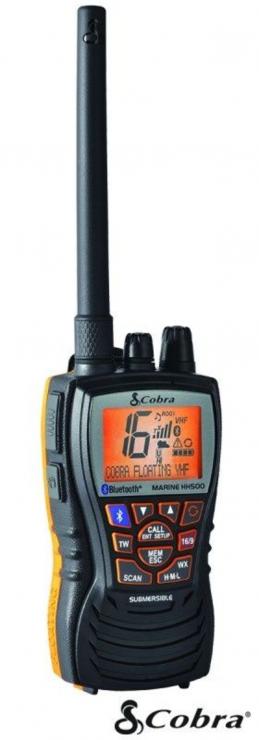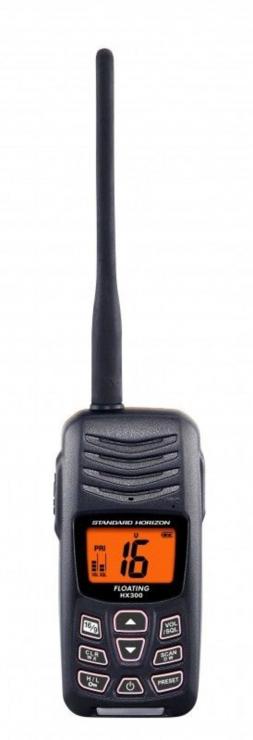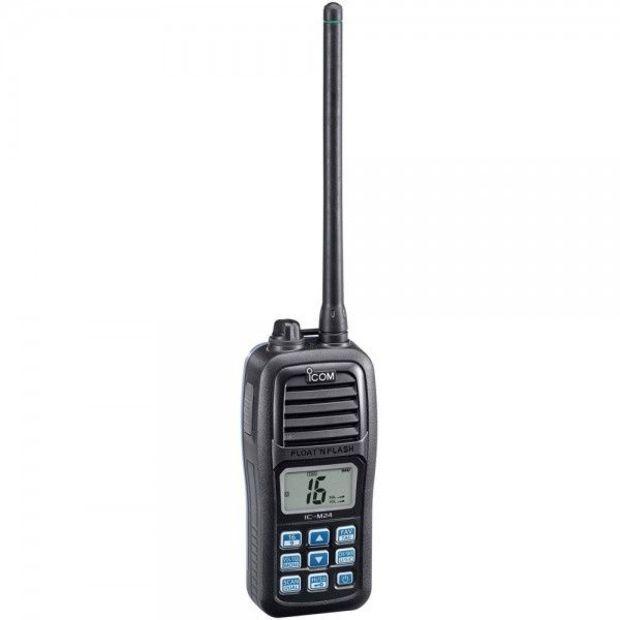In the early 1990s I had a Motorola cell phone, which no one born after 1984 would recognize as a cell phone, much less a relative of the sleek and multifunction smartphones of today. They actually called it the Motorola Bag Phone, and that’s exactly what it was: a cradle-style phone that came in a black vinyl bag about the size of a shoebox. Think Maxwell Smart, not Jason Bourne. Not even the most creative geniuses at Apple or Samsung today could create a hipster ad campaign cool enough to sell that milquetoast name and clunky design.
But for those times, it cranked out more power (up to three watts), had a battery life just south of three hours, and was more durable than most of the other cell phones on the market. As such, Motorola’s bag phones were fairly—albeit briefly—popular among boaters. During the three or so years I owned one I almost always took it on the water with me, usually stuffed inside a large dry bag, as a backup to the boat’s fixed VHF station.
Like every electronic device invented, the Motorola Bag Phones were replaced by a better version, thankfully. Yet, the concept of redundancy remains timeless. Especially when it comes to on-the-water safety and communication.
I’m a big fan of using handheld VHFs as a redundant safety precaution. Even if I’m a guest on a million-dollar sportfisher, I never leave the dock without mine. It’s a cost-effective way to provide backup communications and weather monitoring when you need it. And if you spend enough time outdoors, at some point you will.
Today, there are lots of options on the market for reliable, portable communications. Here’s but a small sampling of the affordable (under $200) and dependable floating VHFs that should serve you well as either your primary safety communication in small boats, canoes, or kayaks or as a backup to your fixed marine radio station. Over the years, I’ve owned at least two VHF models from the manufacturers I’ve highlighted below, so I feel comfortable speaking to their quality. There are others I’m sure that are as good.
 Cobra MR HH500
The Cool & Good
Cobra MR HH500
The Cool & Good
- Range of one, three, and six watts for short and long-range communication.
- Bluetooth Wireless Technology means you can pair it with your smartphone.
- Rewind-Say-Again feature allows you to replay that missed incoming VHF call.
- Not only does it float, but this VHF is also submersible for 30 minutes in three feet of water.
- Weather changes, sometimes quickly. Monitors NOAA weather channels and alarm tones for weather emergencies.
 Standard Horizon HX300
The Cool & Good
Standard Horizon HX300
The Cool & Good
- Five watts of transmit power get you heard.
- Charge It! Comes with a USB charging cable with 110VAC adapter for flexible chasing options.
- Compact design makes it float easily, and it can stay about five feet underwater for 30 minutes.
- Water-activated, flashing red LED makes locating and retrieving easier, especially at night.
- Built to Perform: Standard Horizon will repair or replace your HX300 should it fail for any reason-including water damage-during normal use in the first three years, hassle free.
 Icom IC-M24
The Cool & Good
Icom IC-M24
The Cool & Good
- Introduced a few years back as the world's lightest VHF, it features a "Float 'n Flash" red LED light that flashes even when the radio is off.
- The M24 boasts AquaQuake function, a vibrating buzz that clears water away from the speaker grill.
- Energy-saving 3.7 Lithium-Ion battery pack is powerful enough to get you heard while saving battery life when not in use. Rated at 10 hours of operating time.
- One-touch access to Channel 16, and has auto-scan function with weather alert.
- Large, easy to read LCD (32 by 16 mm) means no more squinting or guessing if you're on the right channel.
by Captain Chris D. Dollar Cobra MR HH500
The Cool & Good
Cobra MR HH500
The Cool & Good
 Standard Horizon HX300
The Cool & Good
Standard Horizon HX300
The Cool & Good
 Icom IC-M24
The Cool & Good
Icom IC-M24
The Cool & Good